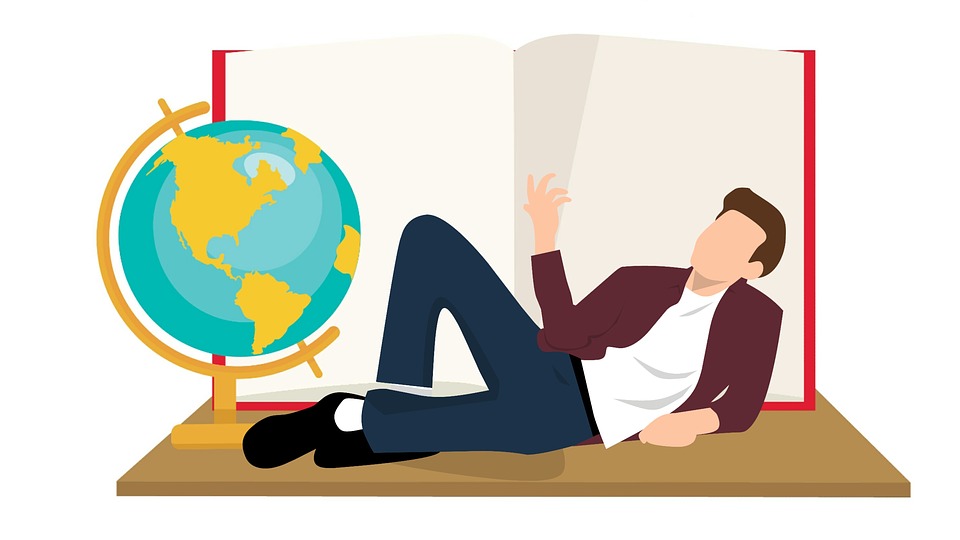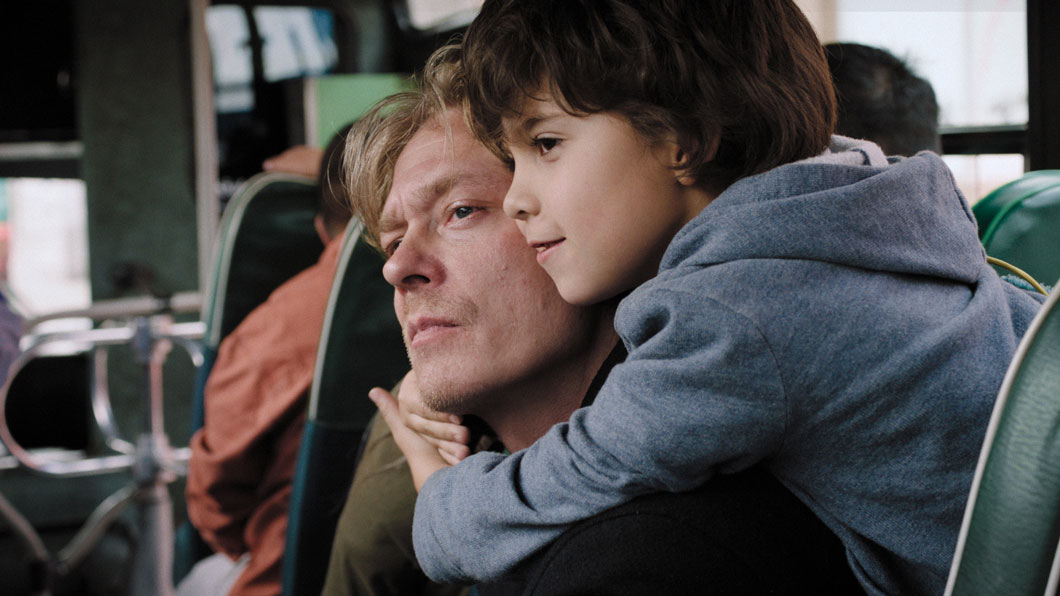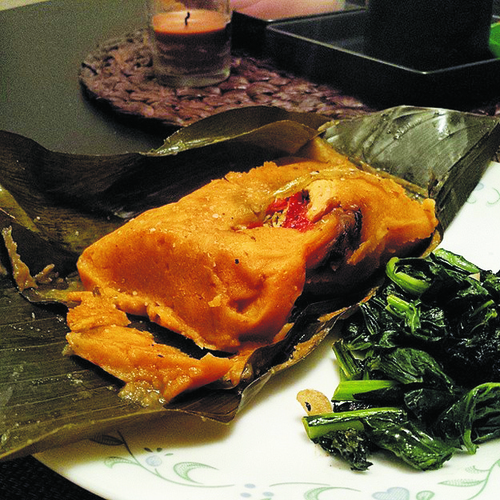
“Often, getting past that requires the use of a different medium to break down the barriers that language and culture can put up between people. And for some, that medium is illustration.” Photo: Pixabay
The FILBo panel discussion entitled “Ilustrar Para Sentir” or, “Illustrate to Feel,” was represented by participants from three different countries characterised by three different native tongues. It explored the power that exists in the ability to express yourself – intellectually or emotionally – in a way that resonates with those around you, regardless of where they’re from.
Whether here in Colombia or anywhere else in the world, expats – more than most – understand how challenging it can be to communicate with people from other cultures. Ideas take different forms, expression is often strained, and one incident can evoke reactions completely divergent from each other. This says nothing of the obvious and imposing barrier that exists between people that don’t speak the same language. Woman A tells Woman B that she feels ‘embarazada’ about something – thinking she’s conveyed a sense of guilt or shame – only to be summarily congratulated, embraced, and asked how far along she is.
Even when shared languages between two people are passable, there are still some things that are simply best expressed in your mother tongue. An Ohrwurm in German. Mendokusai in Japanese. Ahorita in Colombian Spanish. Lots gets lost in translation.
Often, getting past that requires the use of a different medium to break down the barriers that language and culture can put up between people. And for some, that medium is illustration.
Related: You are sending me dotty, braille workshops at FILBo
“The most important thing for me in my illustrations is the ability to communicate emotion through body language,” said Marie-Louise Gay, a Canadian illustrator whose work has been published in multiple foreign languages. “When a child can’t read, their only cue to understand what’s going on is a character’s body language. From there, they can sort of make up their own story.”
The universality of expression that Gay aims for in her work is a sentiment Pablo Bernasconi, her Argentine counterpart in the illustrator’s roundtable, echoes. “I want my illustrations to achieve a certain level of depth,” he noted. “One of the most effective tools I have at my disposal for doing that is the notion of an illustration as a metaphor. I think metaphors can really draw readers in and bring them closer to the author.”
Related: Read all our FILBo coverage here
Bernasconi, an award-winning graphic designer and illustrator whose client list features such major names as Rolling Stone and The New York Times, describes his own style as “remnants of a conversation charged with winks and implications that the reader, my accomplice, has to organise for himself to discover what I, the illustrator, tried to hide in the image.” Deep. In that way, Bernasconi establishes a relationship with his audience that goes beyond mere pictures on a page.
Still, getting readers to see what you see or, further still, to see things for themselves and create their own narrative speaks to more than mere communication. In a grander sense, the power wielded by these illustrators and their illustrations is one of breaking down borders.
“We are all subjected to borders,” said Eloar Guazelli, a Brazilian illustrator, animator, and cartoonist who rounded out the panel. “Many times, those borders are of our own creation or only exist in our own minds, but they’re borders nonetheless.” Recognising that things can be vastly different from one side of the border – real or imagined – to the other, the panel agreed that the job is largely that of the illustrator to find a way of connecting the two.
“One moment, a child can be sitting in their desk at school doing mathematics, and the next moment they’re in a completely different world flying a spaceship. The crazy thing is that as a child, you can go back and forth between those borders and no one can stop you.” – Marie-Louise Gay
Guazelli used his daughter as an example of this. “I create content that appeals to kids, but often tackle adult subject matter. There’s going to come a time when I have to expose my daughter to some of the realities of life, and I think illustration is a great way of doing so.”
Marie-Louise Gay broached the subject of borders from a different vantage point, touching on the nuance embedded in the bridge from reality to fantasy. “One moment, a child can be sitting in their desk at school doing mathematics, and the next moment they’re in a completely different world flying a spaceship. The crazy thing is that as a child, you can go back and forth between those borders and no one can stop you.”
Gay’s point reveals a deeper issue about growing up, though. As we come of age, it gets harder to conceive of the inconceivable. “Because the border between reality and fantasy grows larger as we get older, it’s important to keep that sense of wonder and imagination alive some way or another,” she continued. That ability to communicate with a reader, whether they speak a different language, are from a different generation, or are unable to read, is an invaluable power that few art forms are able to harness. But to have the panel tell it, that’s just what illustration can do.




